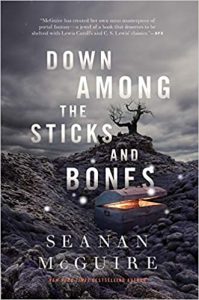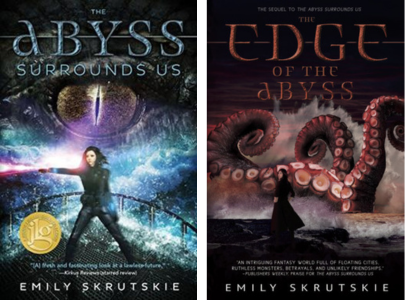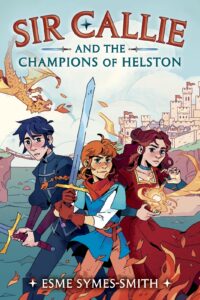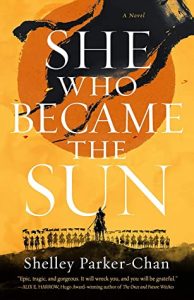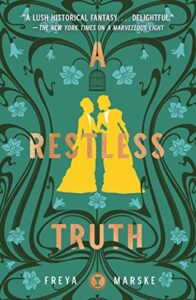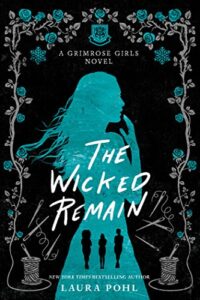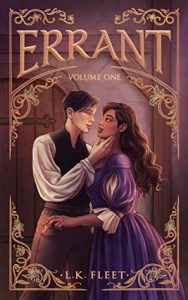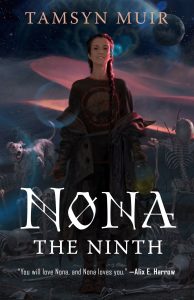My favourite holiday of the year is Dewey’s 24 Hour Readathon, particularly the October readathon. My roommate and I spend all day reading horror books and snacking. It is a delight. Last year, I read Every Heart a Doorway and really enjoyed it. The horror/fantasy novella series felt like a perfect fit for the October readathon, so I decided I’d read one every year. Each follows different characters, and this one has a sapphic main character (who was also a side character in the first volume).
I still love the writing style, including the little asides to the reader, and I was especially delighted by the first chapter: The Dangerous Allure of Other People’s Children, which explains how easy it is to see families that seem picture perfect on the outside while missing the real difficulties and messiness of raising kids. Jacqueline and Jillian grow up with parents who are determined to have perfect children to further their own image. They were hoping for a boy and a girl, but they’ve made the best of having twin girls by assigning one the role of tomboy (Jillian) and one the expectations of femininity (Jacqueline).
This beginning section explores gender roles, showing how both Jill and Jack chafe against these expectations, and how every person is a constellation of many characteristics that are gendered in a variety of ways. They are raised to compete with and judge each other, and they have no safety with their parents. It’s no surprise they want to escape.
As is the premise of this portal fantasy series, they find a door to another world—but it’s a gothic world, with vampires and resurrected corpses. Before long, they both feel at home here, able to explore the sides of themselves that they repressed as children. Jillian is enraptured by being chosen by a vampire lord, enrobed in the fancy dresses she was previously denied, and with freedom she couldn’t previously dream of. Jack is able to find value in hard work and her own intelligence instead of just as an adornment. Both can see a future for themselves in this world, and Jack even finds a girlfriend. But this is a gothic story, so you know we’re not heading towards a happy ending.
I enjoyed this book and will definitely be continuing this series, but I did like Every Heart a Doorway better. This is the backstory of two side characters from the first book, so I already knew the ending of this one. Spoilers, highlight to read: I knew that Jack and Jill change their gender presentations from what was assigned to them as kids. I know that they don’t stay in that world. And, the biggest spoiler: I know Jill is a murderer. End of spoilers. It was hard to have much tension with that in mind.
I still am glad I read this one, but it was a little disappointing after loving book one. This is an atmospheric gothic read with sapphic and OCD representation in Jack. It has engaging writing and a dramatic plot. I think I would have enjoyed it more if I had read it before the first book. I’ll be interested to see how the rest of the series compares, but I’m predicting that I’ll enjoy the books set at the school more than the books set in the different worlds.
Not every book in this series is sapphic, but it seems to include different kinds of queer representation throughout.
If you’re looking for a queer gothic fairy tale to read on a blustery Autumn evening, definitely check this one out. It works as a standalone, so you don’t need to read any other books in the series—though you’ll probably want to. And it’s short enough that you still have time to read it before October ends!
For some other perspectives on this Down Among the Sticks and Bones, check out Marike’s and Til’s reviews.

